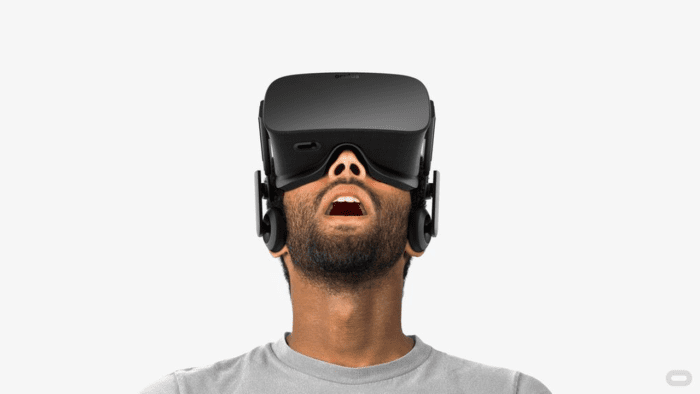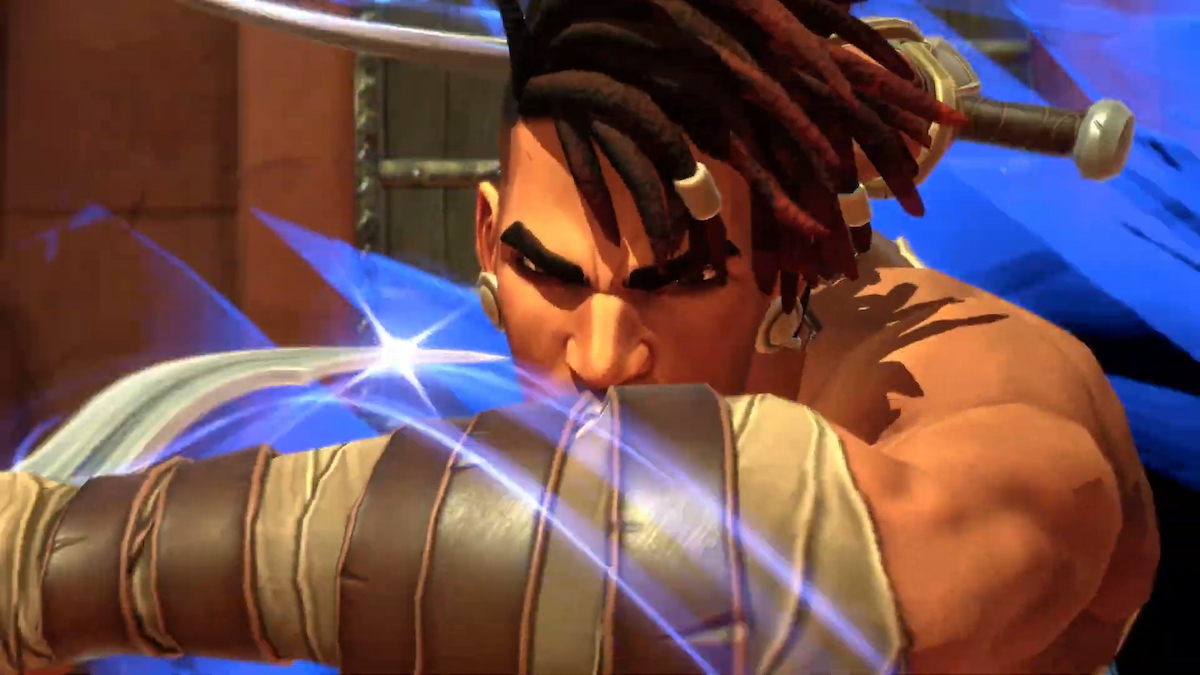Sales

2016 has officially marked the release of the three major virtual reality headsets that will fiercely compete for the majority market share. With Oculus Rift kicking off the VR party back at the end of March, only to be followed a week or two later by the HTC Vive, if you wanted to check out the potential future of gaming then you had to have a pretty powerful PC. That all changed, however, in October with the release of Sony’s PlayStation VR.
Now that all three of the headsets are out and we approach the end of the year, it’s time to measure up the successes and failures of the VR platform and establish just how good 2016 has been for them.
In terms of getting your hands on one of these headsets, each one has suffered from pretty severe supply constraints in their opening months. Unfortunately, sales figures for the headsets haven’t been quite as readily available as some would have hoped. But judging by the figures suggested by Steam sales back in July, there are still plenty of sales to be made.
According to the aforementioned Steam sale data, the Vive was nearing an install base of around 100,000 back in July, with the Oculus Rift trailing behind this. Though this is slightly dated, later reports in September suggested that each headset’s sales stalled pretty heavily in July and August. Considering the hefty PC requirements you’ll need to have in order to run a VR headset, it’s no surprise that neither the Rift or the Vive have become mainstream units. Especially when combined with the price of the units themselves.
All eyes turned to Sony and its release of PlayStation VR in October. Again, sales figures haven’t been clear, but from what we can ascertain, the PSVR has been the roaring success in terms of sales, suggesting a cheaper headset that simply plugs into your existing PS4 and plays is more amicable to consumers than its PC counterparts. With Sony initially projecting PSVR sales to be in the hundreds of thousands at launch, and Kenichiro Yoshida, Sony’s CFO stating sales were “on track,” it’s highly likely that the PSVR has outsold combined sales of its two competitors.
All in all, the three VR platforms have made some light headway in their launch periods but seem to have truly failed to capture the market. That doesn’t mean it’s all bad for VR, though.
Games

The three VR headsets have had one major issue to overcome when promoting these headsets and that’s ensuring that they offer a game or an experience that gives players a reason to buy one. While the likes of DriveClub VR, Thumper, and more all offer neat experiences, it’s not something completely different from just playing them on your television. And anything that does manage to do that has certainly felt a little more experimental and rough around the edges.
Games for the Rift, Vive, and PSVR have certainly had their high points with the likes of Rez Infinite, Batman: Arkham VR, and EVE: Valkyrie standing out as particularly immersive ways to try out virtual reality. But the main problem with VR is even highlighted in one of its best experiences – length and replayability.
Batman: Arkham VR can be completed in about an hour. Maybe a little more if you want to collect all of the Riddler trophies. Yet, after that, you don’t really have all that much of a reason to return. Because we’re in the early stages of VR, developers are still getting used to the best methods and means of translating their content onto working well with these headsets. As such, short-form and experimental experiences were always likely to make up a large part of the virtual reality library.
This doesn’t mean that there are no great games out for these VR headsets. In fact, Rez Infinite is currently sitting with an 89 on Metacritic on PS4 and is the 14th highest-rated title of the year. Mind you, the next closest VR title to it is Thumper with an 85 in 82nd place. As we draw ever closer to the one-year anniversaries of both the Oculus Rift and HTC Vive, we’ll hopefully see more full-fledged titles getting announced. But for now, if you’re willing to take the good with the bad, and in small doses, there are titles out there that warrant picking one up. It’s just not enough for the core gamer as of yet.
Availability and Accessibility

Unfortunately, availability is where the virtual headsets have really suffered in establishing themselves in 2016. For the most part, managing to get one of these in your hands, at least during the couple of months following each headset’s launch, was near-impossible. As this is being written, Sony’s PSVR, the potential sales leader of the three virtual reality systems, still appears to be out of stock just about everywhere. Both the Oculus Rift and HTC Vive suffered serious backlogs when pre-orders were first made available. However, just as the Vive and Rift went through the same issue and are now far easier to get hold of, you can expect to see more of Sony’s system in 2017.
One of the major contentions that both Oculus Rift and HTC Vive must overcome, and Oculus has already started working towards, is making these systems more accessible in terms of the power required to run them. Both of these systems needed some pretty powerful PCs running them if you were going to have any chance of smooth sailing with your VR headset. While Oculus has solved this with its new minimum specs, Vive still remains the ‘premium’ headset with the more demanding specs, the heftier price tag, and the slightly better experience. With Rift becoming more accessible with its minimum specs, it’ll be interesting to see if this, indeed, opens up the door to more adopters in the early months of 2017.
Foundations for the Future

Reflecting on these prior topics therefore suggests that 2016 hasn’t been the strongest start for VR, but it was never going to be a roaring success in the first place. What it did need to do, however, was ensure that it laid solid foundations to develop on in 2017 and the years that follow.
Oculus was the most notable for this, announcing its Oculus Touch motion controllers to eliminate one of the Vive’s advantages over it, its new minimum spec, and also its collaboration with Disney. All of this showed strong signs of preparing to open Oculus Rift up to more people and using exclusive content to get people interested.
Sony, of course, didn’t need to worry about lowering specifications or introducing motion controllers as this was all part and parcel of the system from the start. However, something all three of the companies need to focus on is announcing enticing upcoming games. With PlayStation Experience over and done with and no other major announcements due from Steam or Oculus it doesn’t look like we’ll find out what we’ll be playing in VR next year, and that’s a little bit concerning.
A Successful Year?

2016 for VR has been a mixed bag. While sales figures are largely shrouded in mystery, PlayStation VR appears to be running off with sales and showing that price point and substantial support for the headset is what’s needed. Even so, supply constraints have affected all three of these headsets’ launches and the months thereafter which has arguably led to stifled adoption rates.
In terms of games, developers spent a lot of time in 2016 focusing on getting the basics nailed down for this new platform and as such we’ve seen a few great games, but a lot of mediocre experiences simply not worth spending that amount of money on. Hopefully, this is something that will dissipate as we move into 2017 and developers get more comfortable with the tech.
All in all, 2016 wasn’t the best it could possibly have been for VR, but it did offer up a few positives and some form of a foundation to build upon as we move into 2017. VR’s biggest failure in 2016 was not getting the headsets into the hands of as many people as possible to try. If they can increase the number of demos to showcase this to the general public in 2017, and get some excellent VR-exclusive titles lined up, next year could really kick off the VR era.





Published: Dec 7, 2016 04:23 pm